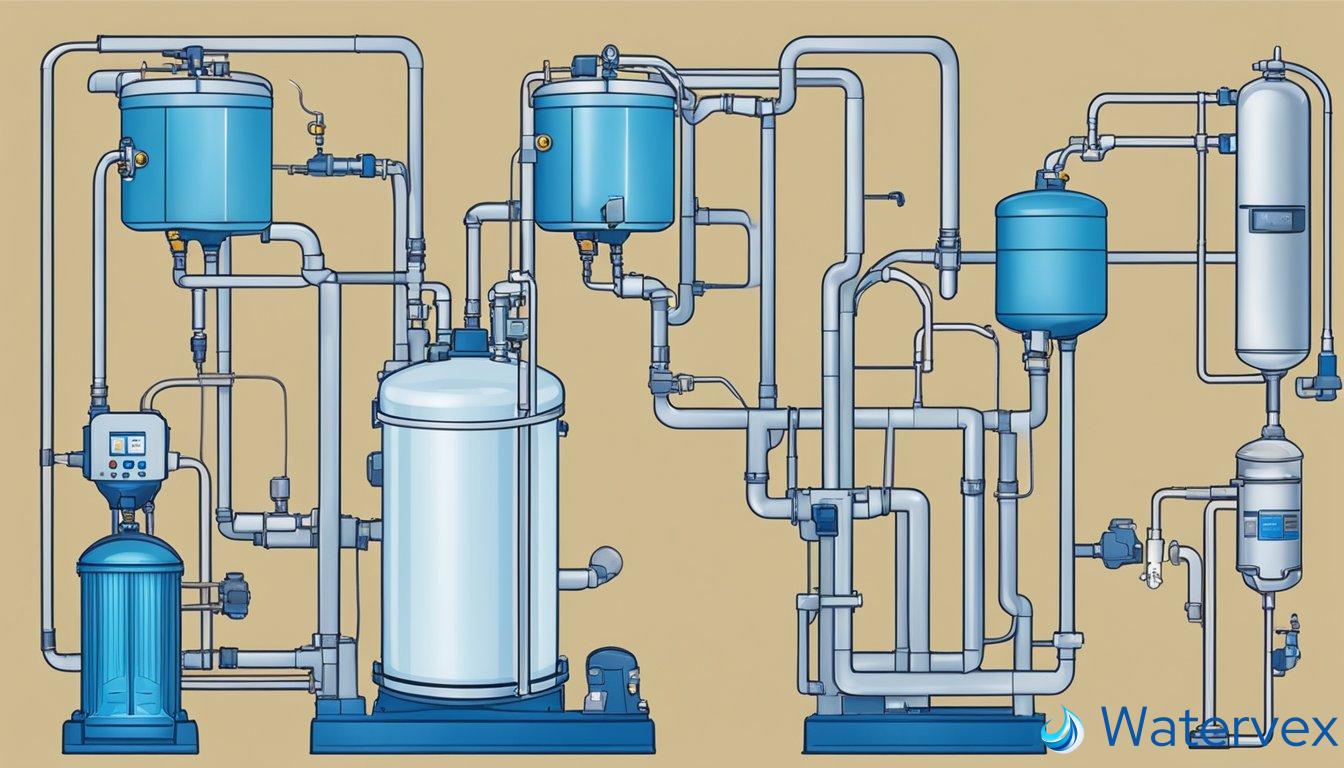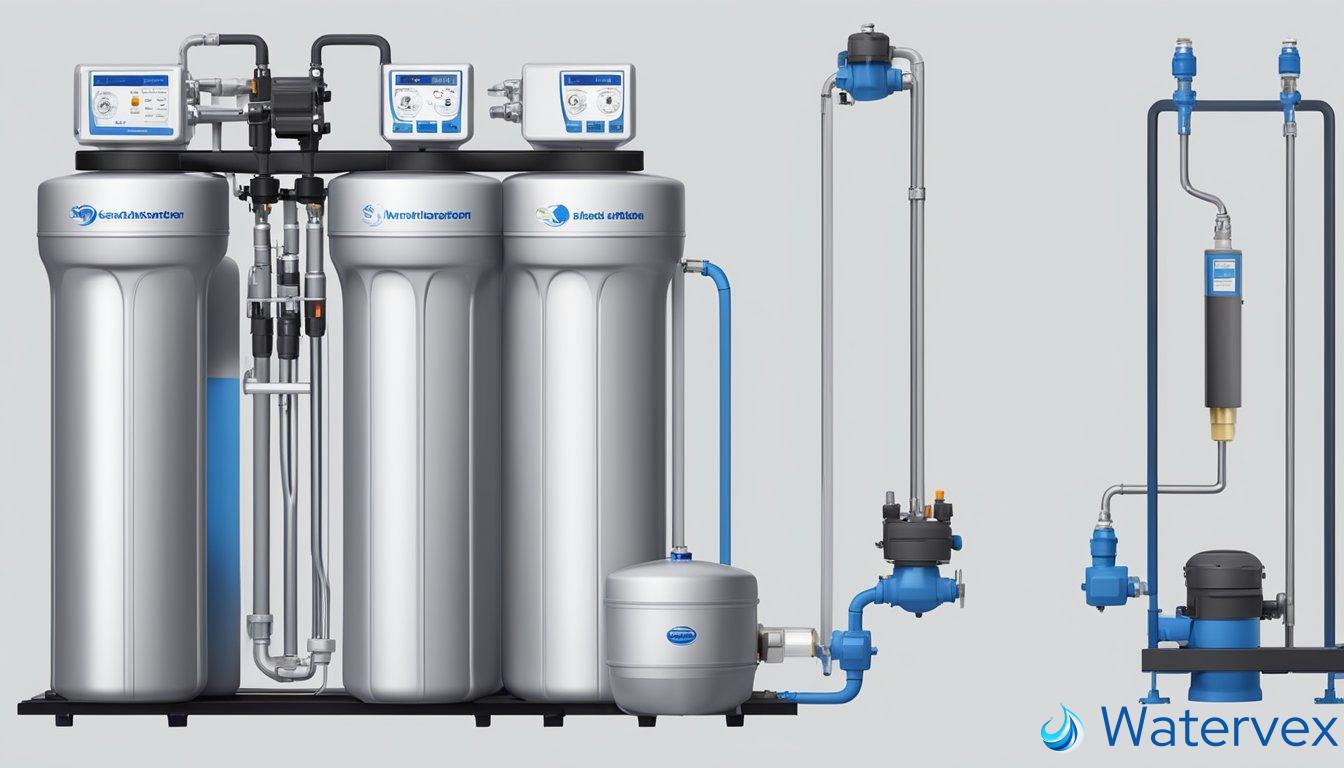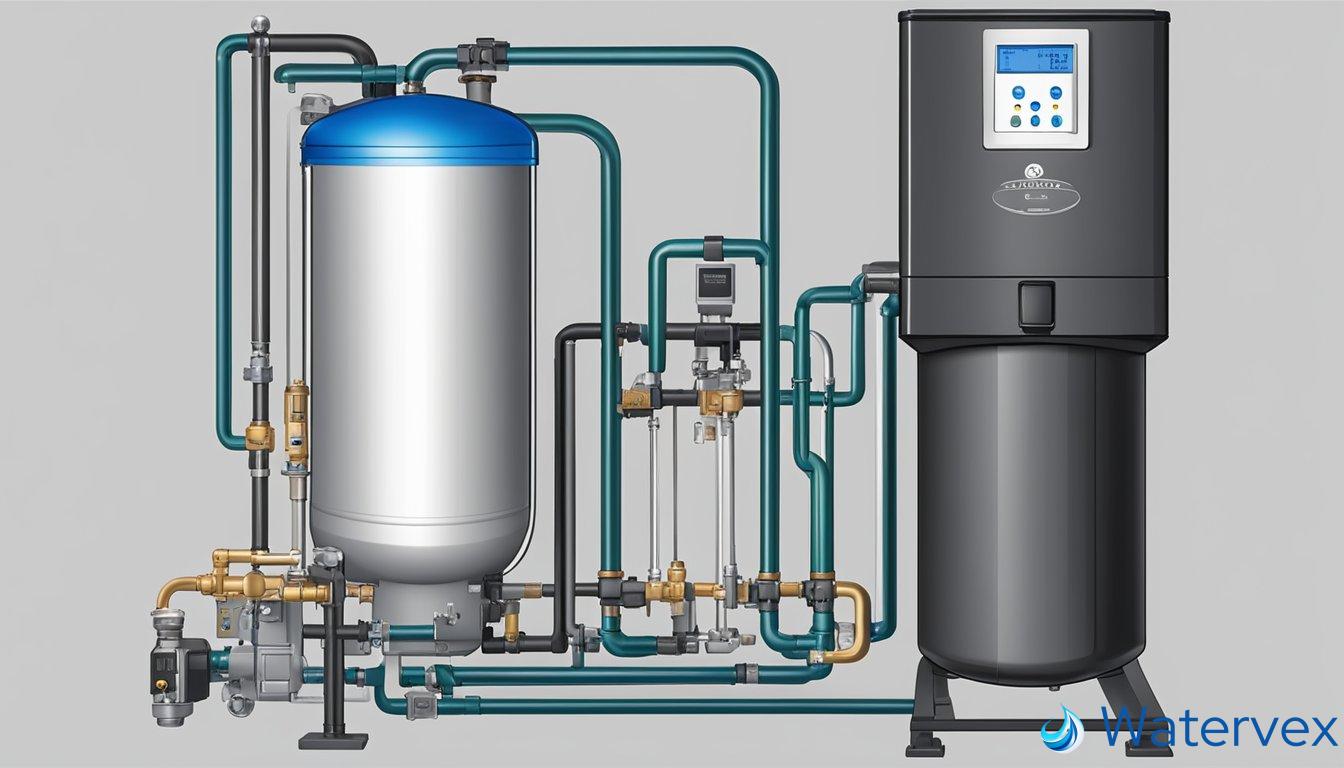When it comes to treating hard water, a water softener with automatic regeneration plays a crucial role in maintaining a consistent quality of water in your home. Hard water is saturated with minerals like calcium and magnesium, which can cause buildup in pipes and appliances, leading to inefficiencies and potential repairs. An automatic water softener tackles this issue by regularly removing these mineral ions, ensuring that your water remains soft and your appliances stay protected.

Automatic regeneration is a process where the water softener system automatically flushes out the accumulated minerals from its resin beads at scheduled intervals or after a certain amount of water usage. This means the system is self-sufficient and minimizes the need for manual intervention. It’s tuned to your household’s specific water usage patterns and hardness level, ensuring optimal performance and efficiency. As water conditions and your family’s water consumption can change, it may occasionally require adjustments to the regeneration settings to maintain the desired water softness.
Key Takeaways
- An automatic water softener system regularly removes minerals that cause water hardness.
- It self-regulates the regeneration cycles based on water consumption and hardness levels.
- Occasional adjustments to the system enhance efficiency and water quality for your home.
Understanding Water Softener Regeneration
In water softeners, automatic regeneration is a critical process for maintaining soft water supply in your home by efficiently managing mineral build-up.
What Is Automatic Regeneration in Water Softeners?
Automatic regeneration is an essential function of a water softener, where the system automatically flushes out the accumulated minerals from the resin beads. This happens without manual intervention, often during times of low water usage, like the middle of the night. Your water softener’s control panel orchestrates the entire regeneration cycle, making sure the resin bed is rejuvenated and ready to continue the softening process.
How Does the Regeneration Process Work in a Water Softener?
The regeneration process typically unfolds in multiple stages:
- Backwash: This phase reverses the water flow to flush out debris from the resin bed.
- Recharge: During recharge, a brine solution from the brine tank travels to the resin tank, initiating the ion exchange process.
- Rinse: After exchanging ions, the system rinses the resin tank, carrying away the last of the unwanted calcium and magnesium ions.
- Refill: The brine tank is refilled to prepare for the next cycle.
These steps ensure that your system maintains an optimal flow rate for water softening.
The Ion Exchange Process and Its Role in Regeneration
At the heart of regeneration is the ion exchange process. Here, calcium and magnesium ions, which contribute to water hardness, are replaced by sodium ions. When the resin beads become saturated with hard minerals, the automatic regeneration starts. A strong brine solution, typically saturated with salt, is drawn into the resin tank where the ion exchange occurs. The hard water minerals are swapped with sodium ions from the brine, effectively “recharging” the resin’s softening capability. After the brine solution has done its job, the system purges the leftover fluid, filled with the displaced minerals, through the drain line.
Optimizing Regeneration Settings and Frequency

Setting the right regeneration frequency and settings on your water softener is crucial to ensure efficient operation and consistent water quality. It conserves water and salt and prevents wear on your system.
When Should You Set the Regeneration Cycle for Optimal Performance?
To determine when your water softener should regenerate, you need to consider your specific water usage and hardness levels. Metered regeneration systems are smart as they only regenerate when it’s necessary based on how much water you’ve used. For those with fluctuating water use, this can be a real advantage. Alternatively, timer-based systems are set to regenerate at fixed intervals, regardless of water usage – this could be ideal if your water consumption is consistent.
Factors Affecting Regeneration Frequency and Settings
Regeneration frequency should reflect several key factors:
- Water usage: Higher usage requires more frequent regenerations.
- Hardness setting: If your water has more hardness minerals, the system needs to regenerate more often to replace the hardness ions with sodium ions on the resin bed.
- Water quality: Poor quality with sediments can clog the system, necessitating more frequent regenerations.
Adjust the regeneration setting to ensure it matches your household’s water consumption patterns and the hardness level. If you observe changes in water pressure or quality, check your system for potential clogs and adjust the frequency accordingly.
Programming your unit appropriately is not just about setting a timer; it’s considering a combination of these elements for optimal performance. Consult your user’s manual to understand how to make these adjustments manually or ensure your automatic system is properly calibrated.
Maintenance and Troubleshooting Common Issues
To maintain the efficiency of your water softener’s automatic regeneration, regular upkeep is essential. Addressing common problems promptly prevents long-term damage and ensures water quality.

Routine Water Softener Maintenance
Inspecting Salt Levels: Check your water softener’s salt levels monthly. Top up with salt pellets as needed to avoid low salt conditions which can prevent proper regeneration. A good practice is to never let the salt level fall below one-quarter of the tank.
Cleaning the Brine Tank: Every 6-12 months, clean out the brine tank to prevent salt bridges. A salt bridge occurs when a hard crust forms in the brine tank, creating a gap between the water and the salt which stops the brine from forming.
Venturi Valve Maintenance: The venturi valve, which creates suction during the regeneration process, must be clean to function. If you notice low water pressure, inspect and clean the venturi valve to remove any debris or obstructions.
Troubleshooting Tips for Water Softener Problems
Salt Bridges: To resolve a salt bridge, carefully use a long tool to break the solid crust. This will allow the salt to make contact with the water and dissolve properly.
Clogged Lines: A clogged brine line can hamper the brine solution from being properly sucked into the resin tank. To fix, you should disassemble and thoroughly clean the brine line and brine valve.
Leaks or Other Visible Damage: Regularly inspect your water softener for leaks or signs of wear. If you find any issues, you can repair small leaks with waterproof tape or sealant, but larger issues may require professional assistance.
Drain Line Issues: Ensure the drain line is not kinked or clogged, as this can prevent the system from properly draining during regeneration. Clear any blockages and straighten out the hose.
Always consult your water softener’s manual for specific maintenance instructions and troubleshooting steps, or contact a professional if you’re unsure or uncomfortable performing maintenance yourself.

